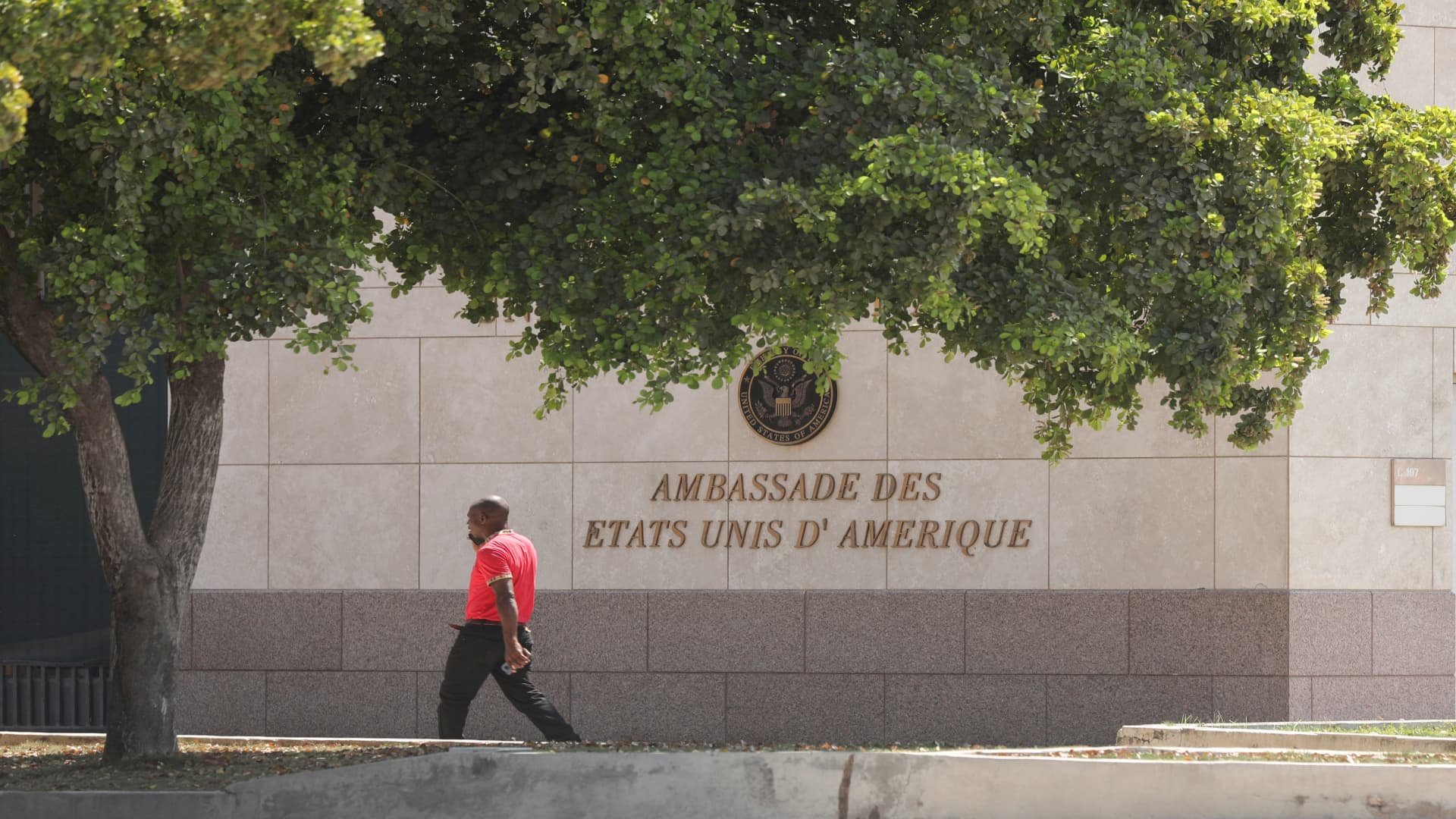Nearly one in five Americans said they plan to travel less in 2024, with most citing costs as the reason , according to Intrepid Travel’s 2024 Outlook Survey.
But many travelers are pressing forward, seeking ways to save without compromising their trips. And for some 70% of respondents of Intrepid’s survey, that means avoiding peak season trips.
Enter the era of “shoulder season” travel — or vacations booked between high and low seasons — which allows for cheaper trips, thinner crowds and better weather.
What was once “one of travel’s best-kept secrets … is 1706486186 our busiest time of the year,” said James Thornton, CEO of Intrepid Travel.
Travelers are typically adults without school-aged children, however “parents are increasingly willing to take kids out of school for travel,” he told CNBC Travel.
In some locations, the shift is so prominent that it’s changing long-established seasonal travel patterns, according to Zicasso’s 2024 Luxury Travel Report. The survey of some 200 travel specialists found:
- 41% said high seasons are lasting longer, with more traveling during “what used to be considered shoulder seasons”
- 43% said more places are moving into year-round destinations “with no distinct low season”
“We [have] no more low season,” Thapanee Kiatphaibool, governor of the Tourism Authority of Thailand, told CNBC’s “Squawk Box Asia” on Jan. 18. Similar patterns of year-round travel are happening in parts of the Caribbean and Mexico, too.
In the United States, January is the cheapest month to fly until the fall “shoulder season” in September and October, according to Hopper’s 2024 Travel Outlook.
Jeff Greenberg | Universal Images Group | Getty Images
As the boundary between high and shoulder season disappear, the savings are vanishing too, said Thornton.
“Demand for travel is strong, even during off-season, and that brings prices up,” he told CNBC Travel.
To find out where deals still exist, CNBC Travel analyzed hotel rates in five popular destinations, comparing peak and shoulder season prices for entry-level rooms for two travelers, inclusive of most taxes. Rates are accurate as of Jan. 25, 2024.
Kyoto, Japan
Peak periods largely follow the weather, but festivities and natural phenomena, such as the northern lights and Africa’s Great Migration, drive high seasons too.
Kyoto’s Sakura season is all three, resulting in hordes of travelers descending on the city to see the blooming of its cherry blossom trees in late March to early April.
But the price hikes aren’t only in the hotels, said Chisato Nishiyori, 360 Private Travel’s general manager for Japan. “Everything” from guides to trains to museum tickets go up, she said.
Restaurant prices remain stable, though reservations at high-end establishments are very difficult to get, even for hotel concierges, she said.
The Maldives
With warm weather year-round, the Maldives has seasons that are based on rainfall rather than temperatures.
The “dry” (northeast monsoon) extends from January to March, while the “wet” (or southwest monsoon) season lasts from mid-May to November, according to the Maldives Meteorological Service.
Add in the year-end holidays, and peak season in the Maldives lasts from December to April, while November and April are considered its “shoulder” months.
CNBC’s analysis shows traveling to the Maldives right before the rainy season begins can save hundreds, if not thousands, of dollars in hotel charges alone.
Rome, Italy
Italian summers are so popular with tourists that the country’s peak season has ballooned into May and September.
Thus, Italy’s shoulder “sweet spots” are getting shorter and trickier to pinpoint, according to the website Italy Explained.
“Spring is really the last true shoulder season in Italy, but it’s only two months long — March and April,” it states, adding that price breaks can be found in late October and November too.
Rome’s River Palace Hotel bucked the trend with a lower rate for a “Classic Room” in June than in March, thanks to a 60-day advance booking promotion. Without that discount, the nightly room rate jumped to $281.
Dubai
With scorching summer temperatures, Dubai’s international arrivals are at their lowest from June to August.
Like many places in the Northern Hemisphere, its shoulder season bookends the summer season, lasting four months: April, May, September and October.
Rates in Dubai didn’t vary much between peak and shoulder season. But summers were noticeably cheaper — and rates in May were less expensive than in April.
Accor’s Queen Elizabeth 2 ship, dubbed Dubai’s “only floating hotel,” followed a seasonal pattern though, with room rates falling in March, bottoming out during the summer, then rising again in October.
New York City
New York City has two peak seasons: the summer months of June to August, and the period between Thanksgiving and the New Year.
New York City was the only destination where shoulder season rates exceeded peak season prices in CNBC’s analysis.
But that was only true for the summer.
Year-end rates, when travelers descend on the Big Apple for ice skating at Rockefeller Center and shopping on 5th Avenue, were considerably higher than rates at other times of the year.


























































